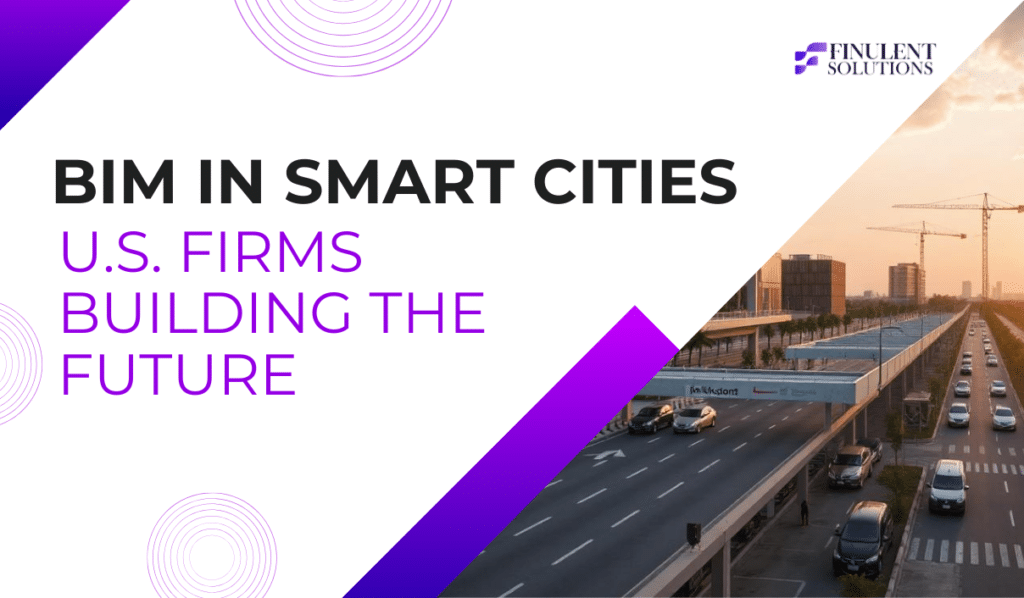Building Information Modelling (BIM) is more than just a buzzword anymore; it is a new tech that is changing how construction across the U.S. designs, builds, and operates. BIM allows users to create detailed three-dimensional (3D) models of buildings and integrate data in a collaborative environment throughout the entire asset’s lifecycle. It simplifies communication among stakeholders, prevents construction delays, and saves thousands of dollars in costs by reducing errors.
The U.S. BIM market is projected to grow from USD 2.09 billion in 2025 to USD 3.86 billion by 2029, at a CAGR of 13.08%, according to a report by MarketsandMarkets. It is clear that with statistics that good, BIM has become the default way of working for major architecture, engineering, and construction (AEC) firms.
Understanding BIM: Beyond 3D Modelling
BIM isn’t just about creating digital blueprints. It provides a holistic view of a building project, integrating multiple dimensions:
- 3D: Visual representation
- 4D: Time scheduling
- 5D: Cost estimation
- 6D: Sustainability analysis
- 7D: Facility management
This comprehensive approach supports decision-making throughout the building lifecycle, from conception to demolition.
Key Drivers of BIM Adoption in the U.S.
- Government Infrastructure Initiatives – The federal government of the U.S. has been setting several budget plans toward upgrading the infrastructure. Agencies, such as those working with the Infrastructure Investment and Jobs Act (IIJA), have induced the use of BIM to make project delivery for new, design-supported approaches more inexpensive and visible.
- Demand for Sustainability – BIM’s ability to mimic how energy is used or how much materials are used is a perfect match for the increasing number of green building certifications in the U.S., such as LEED.
- Cost and Time Savings – With Early Clash Detection, design clashes can be recognised early on, and this minimses the errors which are likely to happen if one goes by conventional methods of traditional designing. This saves a lot of time and money as well.
- Labour Shortages – The construction industry is at an all-time high, and with the lack of skilled labour in the U.S., BIM, with its automation and visualisation capabilities, expedites the process and makes it easier to perform jobs without needing extensive teams.
- Smart Cities and IoT Integration – As cities become smarter and more connected through the use of Internet of Things (IoT) sensors, the smart city movement needs BIM to create and maintain its connected infrastructure.
Sector-wise Impact of BIM in the United States
- Healthcare Infrastructure BIM helps with spatial coordination and compliance with healthcare regulations.
- Education and Public Infrastructure – Future-ready campuses are using BIM technology are changing the environment in ways that better life not only for students but also for all their inhabitants, such as making energy conservation part of everyday.
BIM at Work in Leading U.S. Firms
Gensler
As the largest architecture firm in the world, Gensler introduces BIM technology into nearly all of its large-scale projects. BIM helped ensure that status reports from hundreds of subcontractors were accurate during the construction of the Shanghai Tower. The 2073-foot skyscraper was thus able to proceed under construction according to schedule because such practices made it easy for both data input and management needed for monitoring design.
Whiting-Turner
Whiting-Turner used BIM to complete the NASA Langley Research Centre Headquarters on time and within budget. The software enabled the early finding of design conflicts that would have taken weeks to fix.
Turner Construction
One of the leading general contractors in the United States, Turner Construction has adopted BIM technology extensively in its healthcare, education and commercial projects. Use of 5D BIM (Estimation of costs plus scheduling) for the BioMedical Research Facility at UC San Diego Health Sciences saved them over $1 million in unforeseen expenses.
Mortenson
BIM is also instrumental to Mortenson in the planning stage, particularly in the use of prefabrication for smaller items. On the U.S. Bank Stadium project, use of BIM made it feasible to coordinate as many as 35 subcontractors, so that in real construction work, there were at least 2,000 something like actual or potential clashes.
Clark Construction
Clark Construction makes use of BIM in preconstruction for verifying designs and appraising design feasibility prior to finalising them at considerable expense. On its new Cole Field House project at the University of Maryland, BIM detected more than 100 critical errors before work ever got started on site
Texas Instruments
BIM was used by a Texas plant to integrate design with asset management software in a facility expansion project. In this way, real-time operational data could be fed back into the model for better performance analysis.
McCarthy Building Companies
McCarthy employs BIM for more efficient collaboration and visualisation. Its work on the Banner University Medical Centre in Phoenix was delivered ahead of schedule thanks to solid BIM-based planning.
Technological Advances Supporting BIM
- Cloud-based BIM Platforms – Tools like Autodesk BIM 360 allow stakeholders to collaborate remotely in real-time, increasing flexibility.
- AR/VR are increasingly integrating with BIM to produce immersive walkthroughs.
- Artificial Intelligence and Machine Learning, combined with BIM platforms, have given better results for predictive modelling and design optimisation.
- Digital Twin BIM models have now become the backbone of digital twin systems. They provide active operation data for ongoing facility management and maintenance work in the future
Challenges to BIM Adoption
- High Initial Costs
- Resistance to Change
- Lack of Skilled BIM Professionals
- Data Security Concerns
In spite of these challenges, some breakthroughs have been made in ongoing training and on cloud security.
Future Outlook
- The U.S. BIM market expects further convergence with smart house systems.
- There will probably be further federal orders to use BIM in public infrastructure.
- In architecture and engineering curriculums, BIM is being gradually appended by some universities which should eventually bridge the talent gap.
BIM as the Future of U.S. Construction
Building Information Modelling is not only a trend among modern US construction– it’s also an essential strategy. Its well-established use by leading firms like Turner Construction, Gensler, and McCarthy Building Companies also reflects an indispensable role in making building workflows more efficient, less wasteful (sustainability), and less prone to risks for projects.
As demand for more intelligent, greener, and efficient infrastructure increases, BIM is becoming the digital backbone of the industry.

